Minister indicates sympathy for artists in debate over AI and copyright

People rightly want to get get paid for their work, says Liz Kendall, in apparent change of tack to predecessor The technology secretary, Liz Kendall, has indicated she is sympathetic to artists’ demands not to have their copyrighted works scraped by AI companies without payment and said she wanted to “reset” the debate.In remarks that suggest a change in approach from her predecessor, Peter Kyle, who had hoped to require artists to actively opt out of having their work ingested by generative AI systems, she said “people rightly want to get paid for the work that they do” and “we have to find a way that both sectors can grow and thrive in future”.The government has been consulting on a new intellectual property framework for AI which, in the case of the most common large language models (LLMs), requires vast amounts of training data to work effectively.The issue has sparked impassioned protests from some of Britain’s most famous artists.This month Paul McCartney released a silent two-minute 45 second track of an empty studio on an album protesting against copyright grabs by AI firms as part of a campaign also backed by Kate Bush, Sam Fender, the Pet Shop Boys and Hans Zimmer.
Elton John, meanwhile, called the UK government “absolute losers” over proposals to let tech firms use copyrighted works without permission and has called Kyle “a bit of a moron”.Kendall, who replaced Kyle in September, said that she and the culture secretary, Lisa Nandy, “are right now, having a reset on this discussion.We are talking to the creative sector and AI sector together.”Campaigners for the rights of artists, musicians and writers not to have their copyrighted works used as training data for large AI models, had voiced fears when Kendall appointed a special adviser in September who had previously said “whether or not you philosophically believe the big AI firms should compensate content creators, they in practice will never legally have to”.But Kendall said: “Views before you come to work for the government are not the views of the government.
We’re going to find a deal that helps us move forward together.”She also said she recognised that many parts of the creative sector want transparency about whether their work has been used to train AI systems, which would be a key part of enabling them to be paid.After a $1.5bn (£1.15bn) legal settlement by Anthropic, one of the world’s biggest AI companies, a searchable database of about 500,000 books used to train its models was released last month so authors could find out if their work had been infected and claim payment of about $3,000.
Beeban Kidron, a film director and crossbench peer who has battled in parliament to protect creatives’ rights, welcomed Kendall “making clear that she has recognised the need for creators to protect their property and livelihood”,But Lady Kidron said the government had “lost the trust of the entire creative community and the public, who overwhelmingly support the creative industry’s need to receive a fair day’s pay for their work”,An initial report on the government’s plans is expected before the end of the year, followed by a more substantial report by March 2026,Kidron called for the government to act now by no longer signing public sector deals with AI companies in disputes with copyright-holders, requiring AI companies to be transparent about what works they have trained their systems on and “they can make a commitment to respect copyright”,Kendall said: “I understand why … many creatives are urging us to act immediately because so much has happened already.
“But we’ve got to get this right … there’s a lot of detail to work out here, but I believe it is possible to find a way forward that delivers for both because we don’t want to have to choose.”
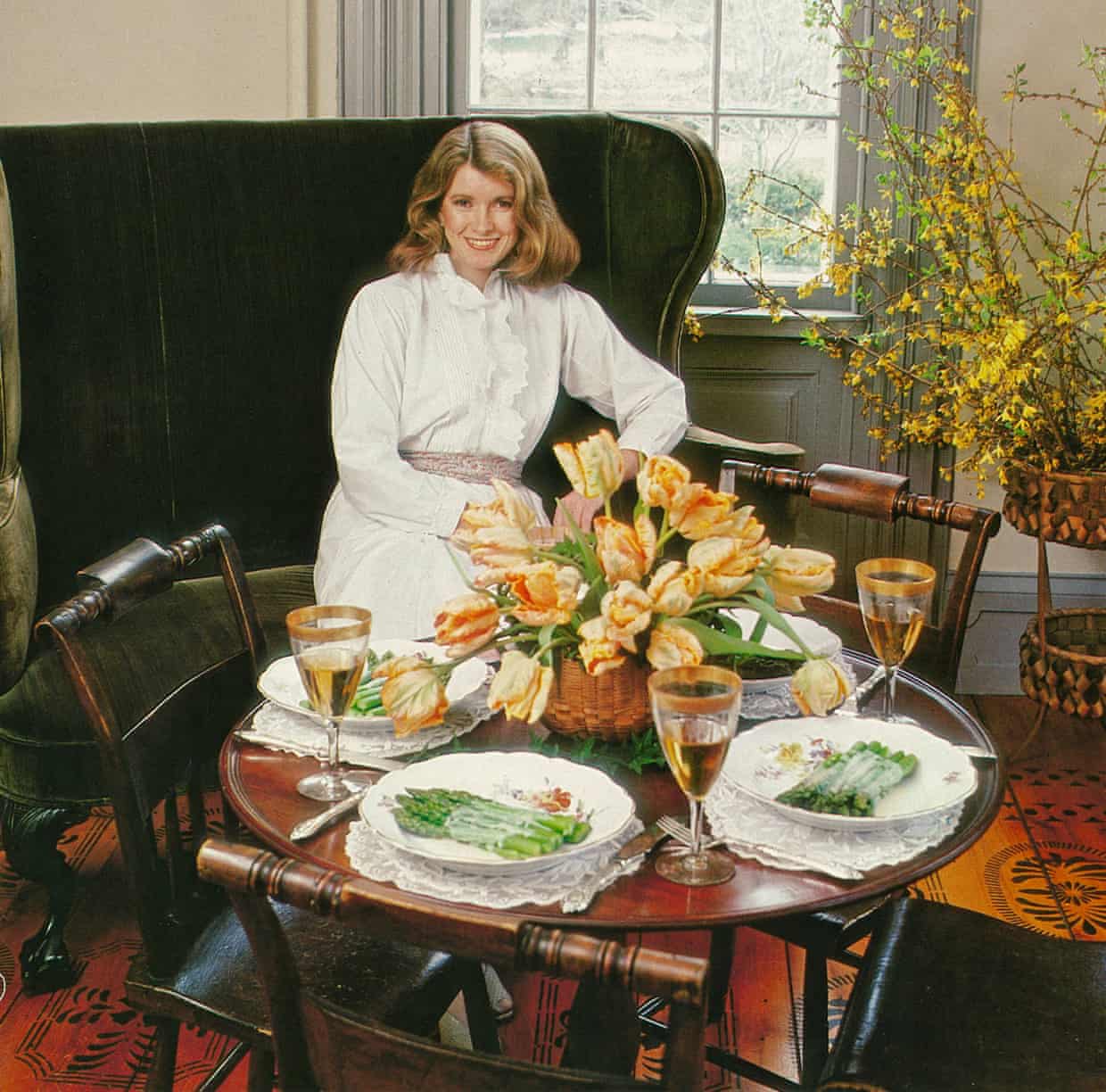
Goblets of borscht, turkey-shaped madeleines: why Martha Stewart’s fantastical menus are still an inspiration
The celebrations were imminent and the greenhouse ready to accommodate – among the orchids, in unseasonable November warmth – an intimate Hawaiian luau. The table was set with giant clam shells for serving vessels and miniature hibachis for grilling Dungeness crab. Somebody had found a small, pink pineapple and secured it on the watermelon like a brooch. The hostess considered the merits of a hula dancer, but in the end settled on a more succinct spectacle: a 19lb suckling pig, enwreathed with sub-tropical flowers and caparisoned in bronze.It was, and could only ever have been, a Martha Stewart affair

Winter has finally kicked in – it’s time to crack out the casserole dish and get stewing
At the risk of sounding like a British cliche, can we take a moment to discuss the change in the weather? This week’s sudden drop in temperature has our house excited for potential snow (the children are giddy), with everything suddenly feeling a lot more wintry. New coats are on the hooks, thermals are being dug out and a casserole dish filled with some sort of soup, stew or stock seems to be permanently ticking away on the hob. These range from quick, warming weeknight dinners to leisurely, slow-cooked weekend meals.The Guardian’s journalism is independent. We will earn a commission if you buy something through an affiliate link

Helen Goh’s recipe for cranberry, orange and ginger upside-down cake | The sweet spot
Bright, tart cranberries are one of the most vivid flavours of the Thanksgiving table, but they often play a supporting role to turkey and stuffing. Here, however, they take centre stage in a sparkling upside-down cake, and their ruby tones gleam over a tender, orange-scented crumb. The batter is enriched with soured cream, ensuring every bite is a balance of sweet, sharp and soft.A note about the cranberries: if using frozen, do not defrost them first.Prep 10 min Cook 1 hr 15 min, plus cooling Serves 8-10For the cranberry caramel base 60g unsalted butter 100g light brown sugar 1 tbsp fresh orange juice2 tsp finely grated ginger⅛ tsp flaky sea salt250g fresh or frozen cranberriesFor the cake batter150g plain flour 1 tsp baking powder ¼ tsp bicarbonate of soda ¼ tsp fine sea salt 120g unsalted butter, at room temperature, plus extra for greasing150g caster sugar Finely grated zest of 1 orange 2 large eggs 2 tsp vanilla extract 120g full-fat soured creamGrease a 20cm round cake tin (at least 5cm deep, and not springform), then line the base and sides with baking paper
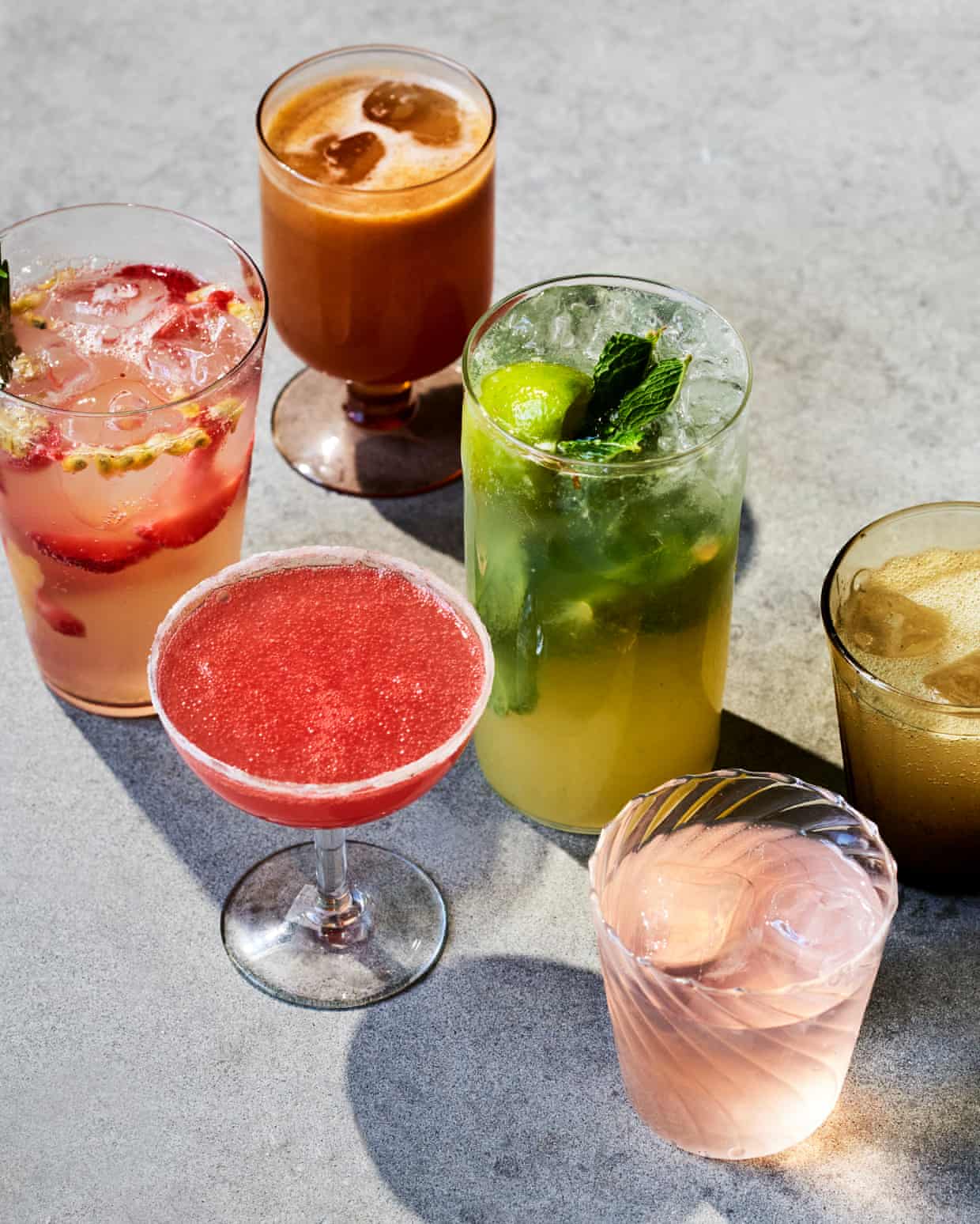
Why nonalcoholic spirits go from strength to strength
It’s time to start thinking about the C word. You might well already have plans to stock up for house guests who are drinking, but what about those who aren’t? It’s a good opportunity to think about how we might jazz up our non-alcoholic offering for friends and family who are trying to drink less, or not drinking booze at all. Sometimes, your friend will just want a Fanta, but I don’t like being the one to offer it to them. We can do better than that.The Guardian’s journalism is independent

Tell us about a recipe that has stood the test of time
Recipes carry stories, and often when they have been passed down from generation to generation, these tales have a chapter added to them each time they are made. Family members concoct elaborate treats and seasoning mixes, which in some cases travel across oceans to end up on our dinner tables.We would like to hear about the recipes that have stood the test of time for you, and never fail to impress. Who first made it for you? Did you stick to the recipe that was passed down or have you improvised? What are the stories you associate with your favourite family recipe?Let us know and we will feature some of the best in Feast.Tell us about the recipe that has been handed down through generations in the form below
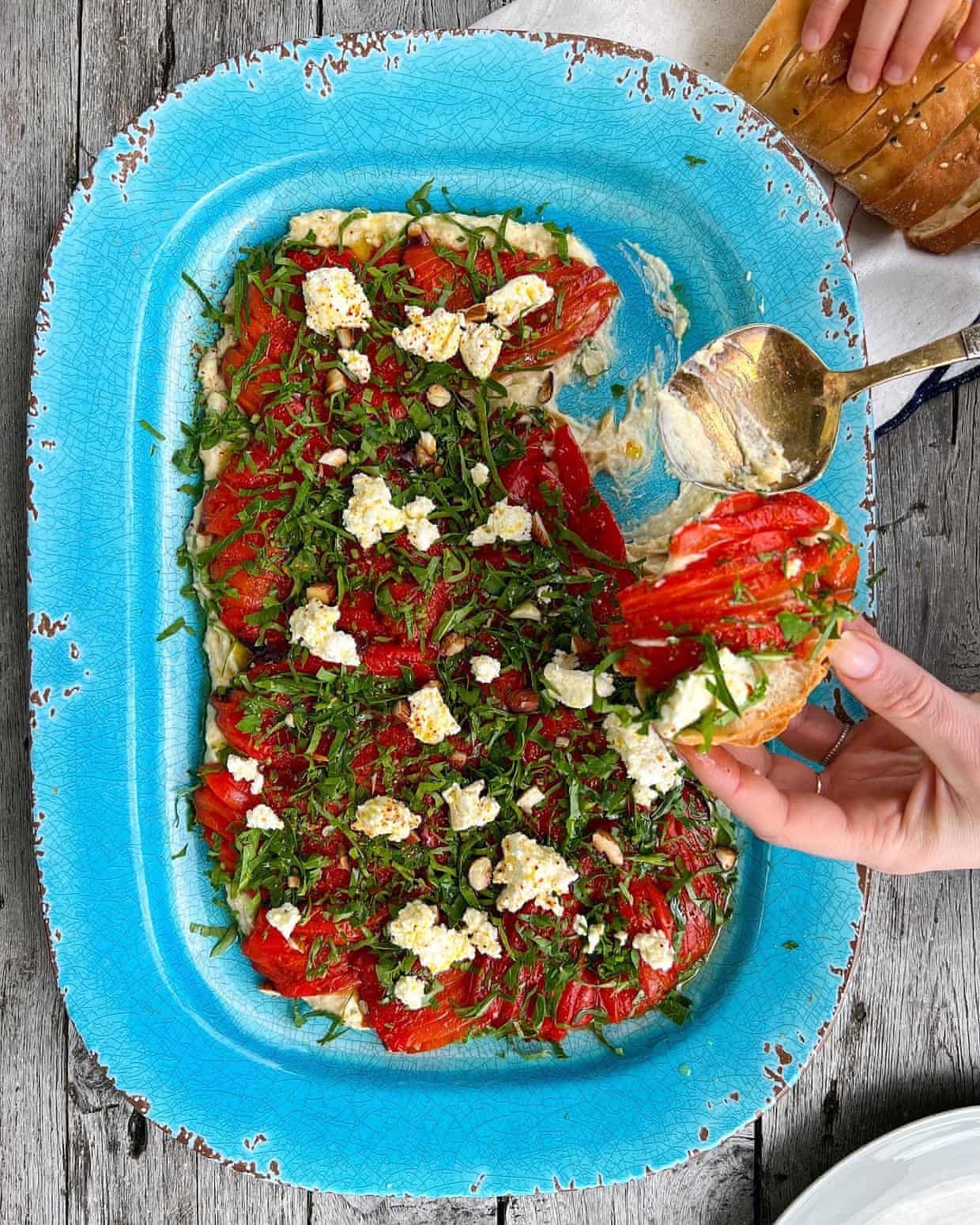
Alice Zaslavsky’s recipe for garlic red peppers with a creamy white bean dip, AKA papula
This week, I’ve been putting the finishing touches on an interview I recorded with legendary Australian cheesemaker Richard Thomas, the inventor of an ingredient you may not even realise is Australian: marinated feta, AKA “Persian fetta”. An unexpected stop on a trip to Iran in the 1970s gifted Thomas a chance meeting with a Persian doctor and his breakfast: fresh labneh with soft, still-warm lavash. It was a revelation. On his return, Thomas got to work creating a fresh cheese from goat’s milk (similar to chèvre) and from cow’s milk, marinated and preserved in oil, with an extra “t” to avert confusion with the Greek-style feta, that’s still being utilised by cooks and chefs right across the world.Persian fetta is a shapeshifter, capable of remaining both firm and steadfast when crumbled across the top of a platter or salad, and of yielding to a soft, velvety cream, enhancing all manner of dishes from pasta to pesto to whipped dips and schmears – and, of course, as a topping for that Aussie cafe staple, avocado toast
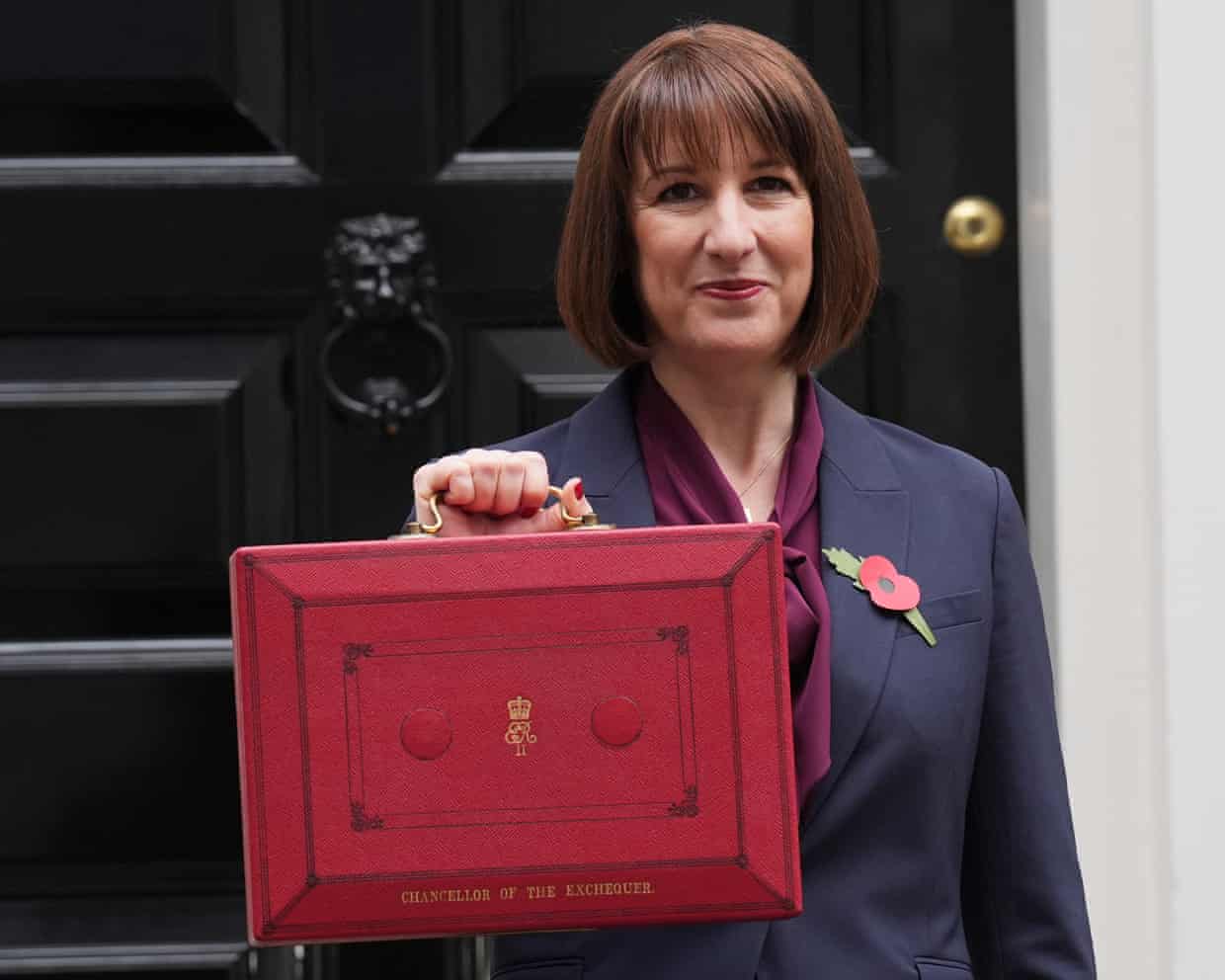
Rachel Reeves, please, let’s make budgets boring again | Heather Stewart
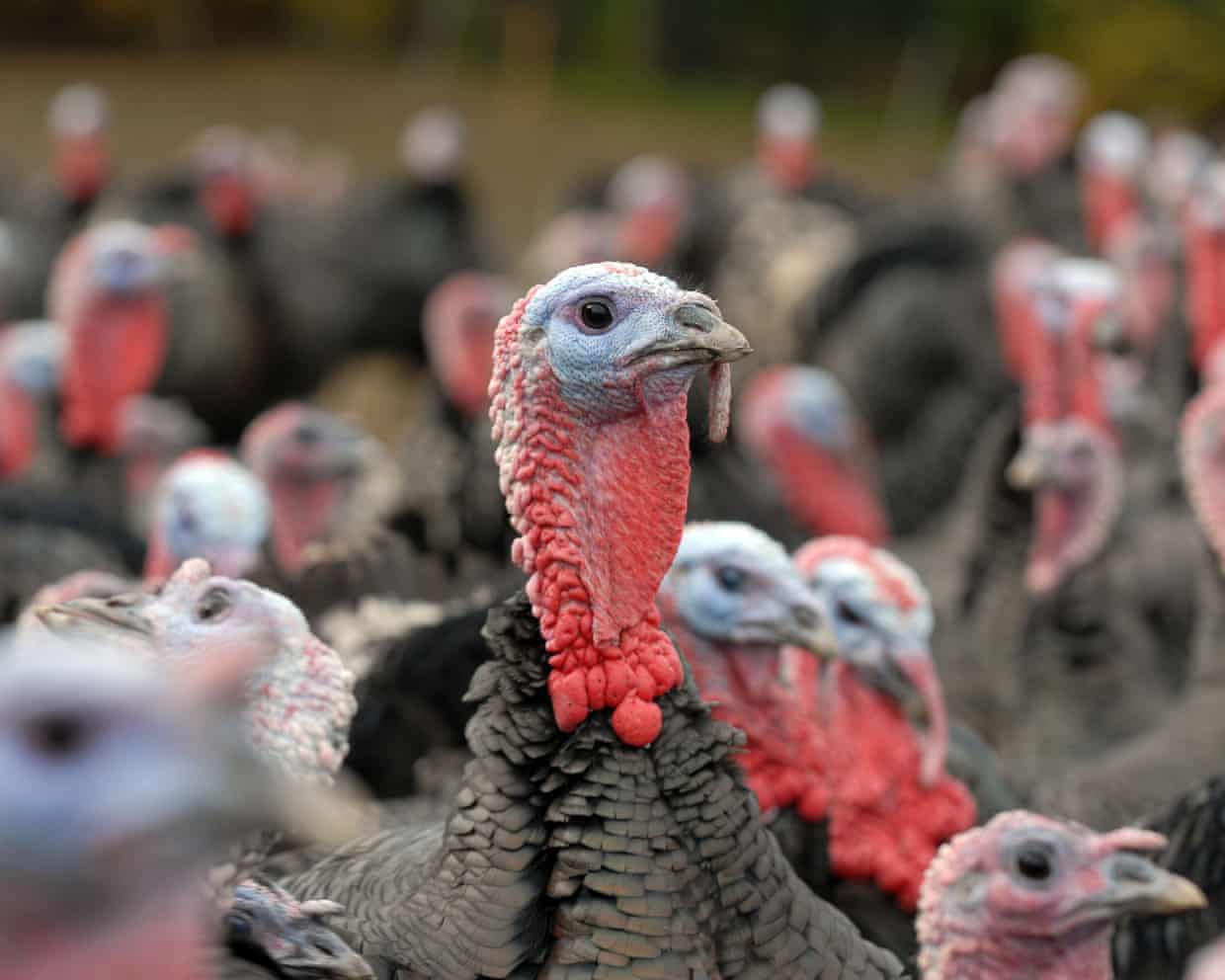
Bad season of bird flu in UK hits supply of Christmas turkeys

Leading law firm cuts London back-office staff as it embraces AI

Elon Musk’s Grok AI tells users he is fitter than LeBron James and smarter than Leonardo da Vinci

Ukrainian refugee Danylo Yavhusishyn wows Japan to win his country’s first elite sumo title

Max Ojomoh delivers champagne moment for England to signify arrival on big stage | Gerard Meagher